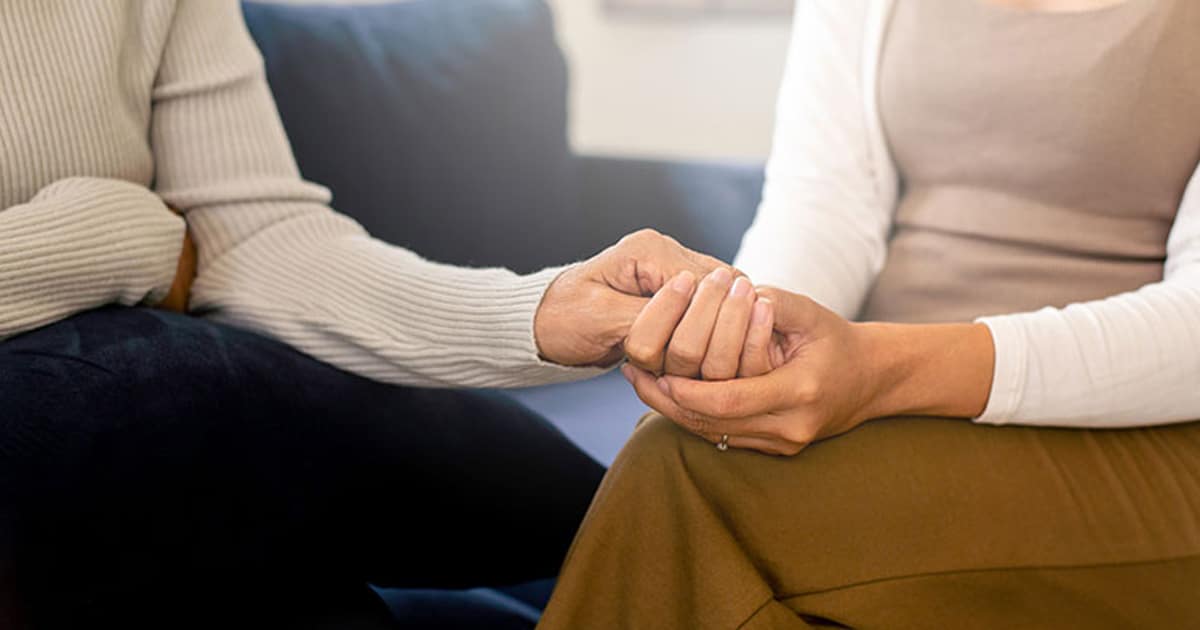LGBTQ+ Community and Mental Health

While being a part of the LGBTQ+ community can be a source of strength and inspiration, it can also pose some challenges. Mental health issues can arise because of the unique risk factors faced by community members. By learning about these risk factors and common mental health conditions, you can get the care and support you need.
Mental Health Risk Factors for the LGBTQ+ Community
When it comes to LGBTQ+ and mental health, there are a number of risk factors to watch out for. Individuals who are a part of this community are more likely to suffer from mental health conditions, such as anxiety and depression. In fact, transgender individuals are six times more likely to attempt suicide, three times more likely to take antidepressants, and six times more likely to have an anxiety or mood disorder than the general population.
Cultural and socioeconomic factors can be challenging for the LGBTQ+ community. For example, some LGBTQ+ people are rejected by their family members or discriminated against in the workplace. They may also be denied human and civil rights because of their gender and sexual orientation.
Unfortunately, harassment and discrimination are fairly common among LBGTQ+ people. Because many people are able to come out at an earlier age today, it can impact their social experiences and relationships as they develop. If the individual isn’t in a supportive situation, it can lead to negative mental health effects.
After someone comes out, they may also suffer from trauma, bullying, and homophobia-based incidents. These can have a negative impact on LGBTQ+ mental health. For instance, you may develop post-traumatic stress disorder (PTSD), depression, or anxiety as a result of the trauma.
Substance abuse is a common issue for mental health in the LGBTQ+ community. While 3.8% of cisgender, heterosexual adults used opioids in the prior year, 9% of LGBTQ+ adults reported the same opioid use. LGBTQ+ individuals are also more likely to suffer from homelessness or commit suicide.
Most Common Mental Health Conditions in the LGBTQ+ Community
Because of the conditions LGBTQ+ people have to deal with, LGBTQ+ mental health issues are surprisingly common. The following conditions are just a few of the problems LGBTQ+ people might deal with.
Until recently, the mental health community included trans as a mental health condition in the Diagnostic and Statistical Manual (DSM-5). Recently, gender identity disorder was changed to gender incongruence in the International Classification of Diseases (ICD-11). Thanks to these changes, being trans is no longer counted as a mental health illness in these classification guides.
Substance Abuse
When it comes to LGBTQ+ and mental health, substance abuse is a common issue. Often, people self-medicate for rejection, bullying, and mental illnesses by using drugs and alcohol.
Eating Disorders
While an estimated 5% of men are believed to be gay, 42% of men with eating disorders self-report being gay. LGBTQ+ people may struggle with anorexia nervosa, bulimia, binge-eating disorder, or other eating disorders.
Body Dysmorphic Disorder (BDD)
BDD is considered a kind of anxiety disorder. Often, people will be distracted by non-existent or minor flaws in their appearance. They may frequently compare themselves to others and groom themselves excessively.
PTSD
Up to 47.6% of LGB and 42% of transgender or gender diverse individuals suffer from PTSD. The individual may suffer from nightmares, flashbacks, anxiety, and difficulties maintaining everyday life.
Depression
Depression is a disorder where someone suffers from hopelessness, apathy, and a depressed mood. In one study, 28% of LGBTQ+ youth reported feeling depressed some or all of the time.
Anxiety Disorders
In total, 30 to 60% of LGBTQ+ people will deal with anxiety at some point in their life. Someone with an anxiety disorder will often have intense, persistent worries and fears. These worries can interfere with their day-to-day activities.
Suicide
Because of the rejection, discrimination, and harassment many individuals face, almost half of LGBTQ+ youth have considered suicide.
How LGBTQ+ Individuals Can Get Treatment for Their Mental Health
LGBTQ+ mental health programs can help you get the treatment you need. There are specialist organizations and services that can help you get customized therapy options and support meetings. There are also LGBTQ+ sports clubs and activities where you can get support from people who have gone through similar experiences.
If you or a loved one has concerns about LGBTQ+ mental health, we can help. Please reach out to our Patient Services Call Center at 877-717-0085 for information, resources, and assistance. You can also check our website’s resources page, or other resources such as the Centers for Disease Control https://www.cdc.gov/lgbthealth/youth-resources.htm, the It Gets Better Project https://itgetsbetter.org/ , and GLAAD https://www.glaad.org/resourcelist.


